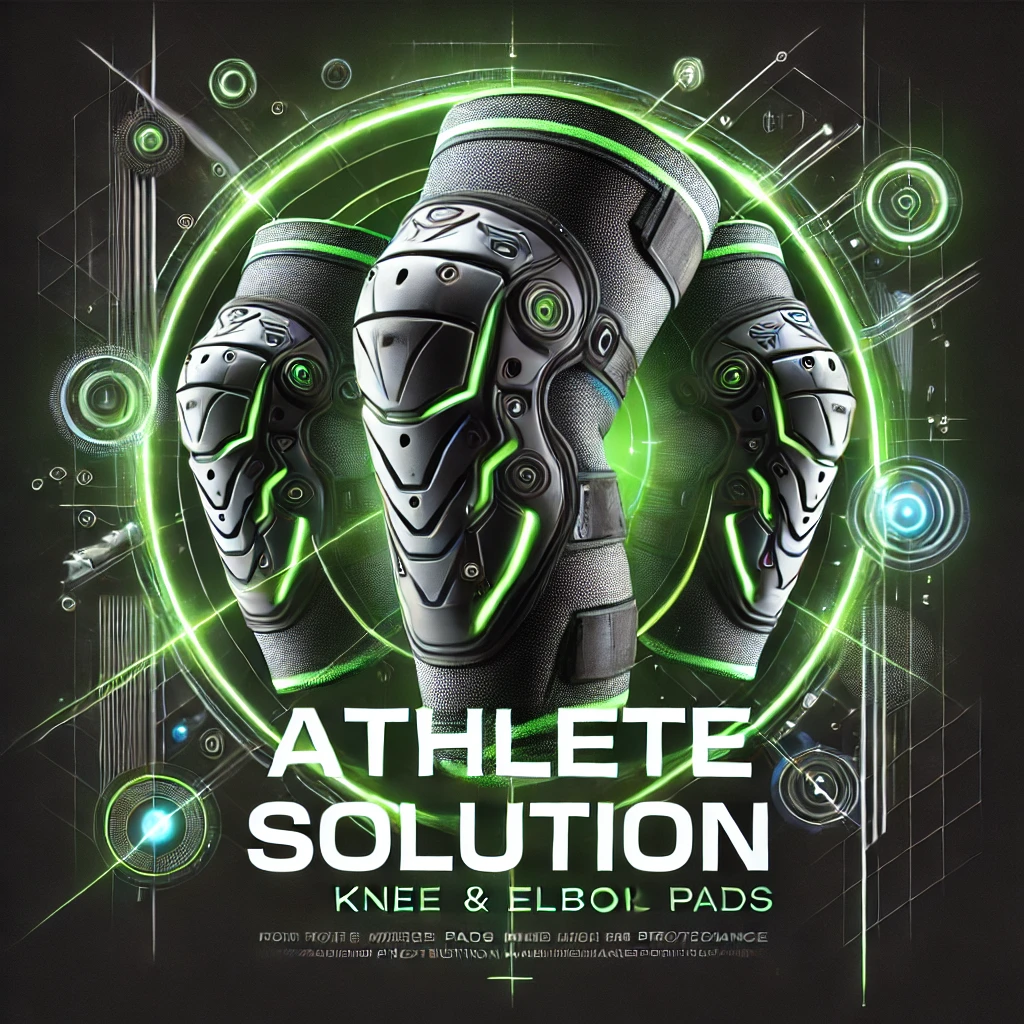When it comes to mountain biking, one of the most important components of your bike is the mountain bike tires. The tires you choose for your mountain bike can significantly affect your ride, performance, and safety on various terrains. Whether you’re cruising through the woods, tackling steep climbs, or navigating rocky paths, the right tires can make all the difference in how smoothly and safely you ride.
In this comprehensive guide, we’ll dive into everything you need to know about mountain bike tires. From their importance and the different types available to how to select the best one for your needs, this guide will ensure you’re equipped with all the information needed for an optimal riding experience. Let’s get started!
What Are Mountain Bike Tires?
Mountain bike tires are specifically designed to handle rough, uneven terrains commonly encountered in mountain biking. Unlike road bike tires, which are smooth and built for speed on paved surfaces, mountain bike tires feature knobby treads and durable construction to provide better traction, grip, and control on dirt, mud, rocks, and gravel.
Key Features of Mountain Bike Tires:
- Knobby Treads: The knobby design helps improve traction and control when riding on loose or rugged terrain, ensuring better grip on dirt, mud, and rocky paths.
- Wide Profile: Mountain bike tires often have a wider profile compared to road bike tires, providing better stability and cushioning, which helps absorb shocks from rough terrain.
- Durability: Made with thicker rubber compounds, mountain bike tires are built to withstand harsh conditions like sharp rocks, wet surfaces, and uneven trails.
The right mountain bike tires can enhance your performance, making it easier to handle technical sections of a trail and navigate obstacles.
Why Choosing the Right Mountain Bike Tires Matters
1. Improved Traction and Control
The main function of mountain bike tires is to provide traction on various surfaces, from dirt and gravel to mud and rocks. The more traction your tires provide, the better control you’ll have over your bike, especially when climbing, descending, or navigating turns.
- Knobby Treads for Better Grip: The knobbier the treads, the better the grip on loose or wet terrain. Tires with deeper treads work best for extreme off-roading conditions like mud or loose gravel.
- Puncture Resistance: High-quality mountain bike tires often come with reinforced sidewalls and puncture-resistant technology to protect against sharp rocks, thorns, or other trail hazards.
2. Comfort and Shock Absorption
Mountain biking often involves rough terrain, which can be jarring on your body. Mountain bike tires with appropriate shock absorption qualities can significantly improve comfort during rides.
- Wider Tires for Better Cushioning: The wider the tire, the more it can absorb shocks from bumps or rocks. This helps reduce strain on your arms, shoulders, and back during long rides.
- Tubeless Tires for a Smoother Ride: Tubeless mountain bike tires allow for lower tire pressure, which creates a smoother ride while also offering fewer chances of punctures.
3. Handling Specific Terrain Types
One of the most important factors in selecting mountain bike tires is understanding the type of terrain you’ll be riding on. Different tires are designed for different conditions, so choosing the right one ensures better performance and safety.
- Rocky Trails: Tires with a more aggressive tread pattern offer better grip and durability on rocky paths, helping you maintain control while riding through tough terrain.
- Mud and Wet Conditions: For wet or muddy conditions, tires with deep, widely spaced knobs work best to prevent the tires from getting bogged down by mud.
- Cross-Country Trails: If you’re planning to ride on smooth, hard-packed trails, you may prefer tires with a smoother tread pattern for faster rolling and efficiency.
Types of Mountain Bike Tires
There are several types of mountain bike tires to choose from, each designed for different riding styles and terrains. Here’s a breakdown of the most common types:
1. Cross-Country (XC) Tires
Cross-country tires are designed for speed and efficiency on smooth, hard-packed trails. They have a lower profile with less aggressive treads, allowing for faster rolling and less resistance on flat terrain.
- Best For: Riders who want to ride fast and efficiently on well-maintained trails.
- Key Features: Light weight, low-profile tread for less rolling resistance, and smoother handling.
2. Trail Tires
Trail tires are versatile and built for a mix of terrain. These tires strike a balance between speed and control, making them ideal for riders who want to tackle a variety of trail conditions, from smooth dirt paths to slightly technical areas.
- Best For: Riders who prefer versatile tires for a mix of smooth and moderately technical trails.
- Key Features: Medium tread pattern for a balance between grip and speed.
3. Enduro Tires
Enduro tires are designed for more aggressive riders and tougher terrain. These tires have larger, more aggressive treads that provide maximum grip on technical sections, while still allowing for a smooth descent.
- Best For: Riders who participate in enduro racing or like tackling steep, rocky trails.
- Key Features: Wider profile, aggressive treads, and increased durability to handle rough trails.
4. Downhill Tires
Downhill tires are made for maximum grip, durability, and stability when riding on steep and rugged terrain. These tires have thick, reinforced sidewalls and deeper, wider treads to handle the demands of downhill racing and extreme mountain biking.
- Best For: Riders tackling steep descents, rocky trails, and extreme downhill terrain.
- Key Features: Deep and aggressive tread patterns, reinforced sidewalls, and shock-absorbing technology.
5. Fat Bike Tires
Fat bike tires are extra wide and designed for riding on soft surfaces like sand, snow, or muddy trails. The larger surface area helps distribute the rider’s weight and provides better flotation on loose terrain.
- Best For: Riders who want to ride on snow, sand, or extremely soft surfaces.
- Key Features: Extra-wide tires that provide flotation and better grip on loose terrain.
How to Choose the Right Mountain Bike Tires
1. Terrain Consideration
Before purchasing mountain bike tires, consider where you’ll be riding most often. Different types of terrain require different tread patterns and tire designs.
- Smooth Trails: If you’re mainly riding on smooth, hard-packed trails, look for tires with a low-profile tread for faster rolling.
- Technical Trails: For more technical trails with rocks and obstacles, choose tires with more aggressive treads for better traction and control.
- Muddy or Wet Conditions: If you’re riding in muddy or wet conditions, tires with deeper and wider spacing between the knobs are ideal for better grip.
2. Tire Width
Tire width can affect your comfort and performance. Wider tires provide more grip and better shock absorption, but they can also create more rolling resistance. On the other hand, narrower tires roll faster but might not offer as much control on rough terrain.
- Wide Tires (2.3 inches or more): These provide better traction and comfort, especially on rough or technical terrain.
- Narrow Tires (1.8 to 2.2 inches): These are ideal for smoother trails and faster speeds, but they may not offer as much traction on rough terrain.
3. Tubeless vs. Tubed Tires
When choosing mountain bike tires, you’ll also have to decide between tubeless and tubed options. Tubeless tires eliminate the inner tube and seal the tire, preventing flat tires caused by punctures. Tubeless tires also allow you to run lower air pressure for better traction and comfort.
- Tubeless Tires: Offer better performance, fewer flats, and allow for lower air pressure, which increases comfort and grip.
- Tubed Tires: Typically more affordable, but they may require more maintenance and are more prone to punctures.
4. Durability and Quality
Look for high-quality tires that are built to last, especially if you plan on riding frequently or tackling tough trails. Tires with reinforced sidewalls and puncture-resistant technology are ideal for added durability and protection.
- Reinforced Sidewalls: Ensure your tire can handle the rough demands of mountain biking without compromising performance.
- Puncture Protection: Some tires come with built-in puncture-resistant layers, which are a great investment for added peace of mind.
How to Maintain Your Mountain Bike Tires
1. Check Tire Pressure Regularly
Maintaining the correct tire pressure is crucial for performance and safety. Underinflated tires can result in poor traction and increased risk of flats, while overinflated tires can reduce grip and lead to a harsher ride.
- Check Pressure Before Every Ride: Use a reliable tire pressure gauge to ensure your tires are properly inflated.
- Use the Right Pressure for the Terrain: Lower tire pressure works well on loose terrain, while higher pressure is better for smoother trails.
2. Inspect Tires for Damage
Before hitting the trails, always inspect your tires for signs of wear or damage. Look for cuts, punctures, or cracks that could compromise the tire’s integrity and safety.
- Examine Tread Pattern: If the tread has worn down significantly, it’s time to replace your tires for better traction.
- Look for Sharp Objects: Check for embedded rocks, glass, or debris that could cause punctures.
3. Clean Your Tires After Every Ride
Cleaning your mountain bike tires after each ride helps extend their lifespan and keeps them in top condition. Dirt, mud, and debris can accumulate, affecting performance and causing premature wear.
- Wash Your Tires: Use a brush and mild soap to remove dirt and grime, ensuring the tire surface stays clean and free from debris.
- Dry Properly: Let your tires dry properly to avoid any buildup of moisture or mildew.
Where to Buy Mountain Bike Tires
If you’re looking for high-quality mountain bike tires, Athlete Solution offers a wide selection of tires designed for various terrains and riding styles. Whether you’re a casual rider or an advanced cyclist, you’ll find the perfect tire to suit your needs.
Explore the full selection of mountain bike tires at Athlete Solution.
For more information on mountain bike tires, check out the Wikipedia page on Mountain Bike Tires.
Conclusion
Choosing the right mountain bike tires is essential for improving your performance, ensuring comfort, and preventing injury. Whether you’re riding on technical trails, racing downhill, or cruising through the park, the right tire can make a huge difference. By considering factors like terrain, tire width, and durability, and maintaining your tires properly, you can ensure a smooth and safe ride every time.
For more tips and resources, visit Show Dev.


